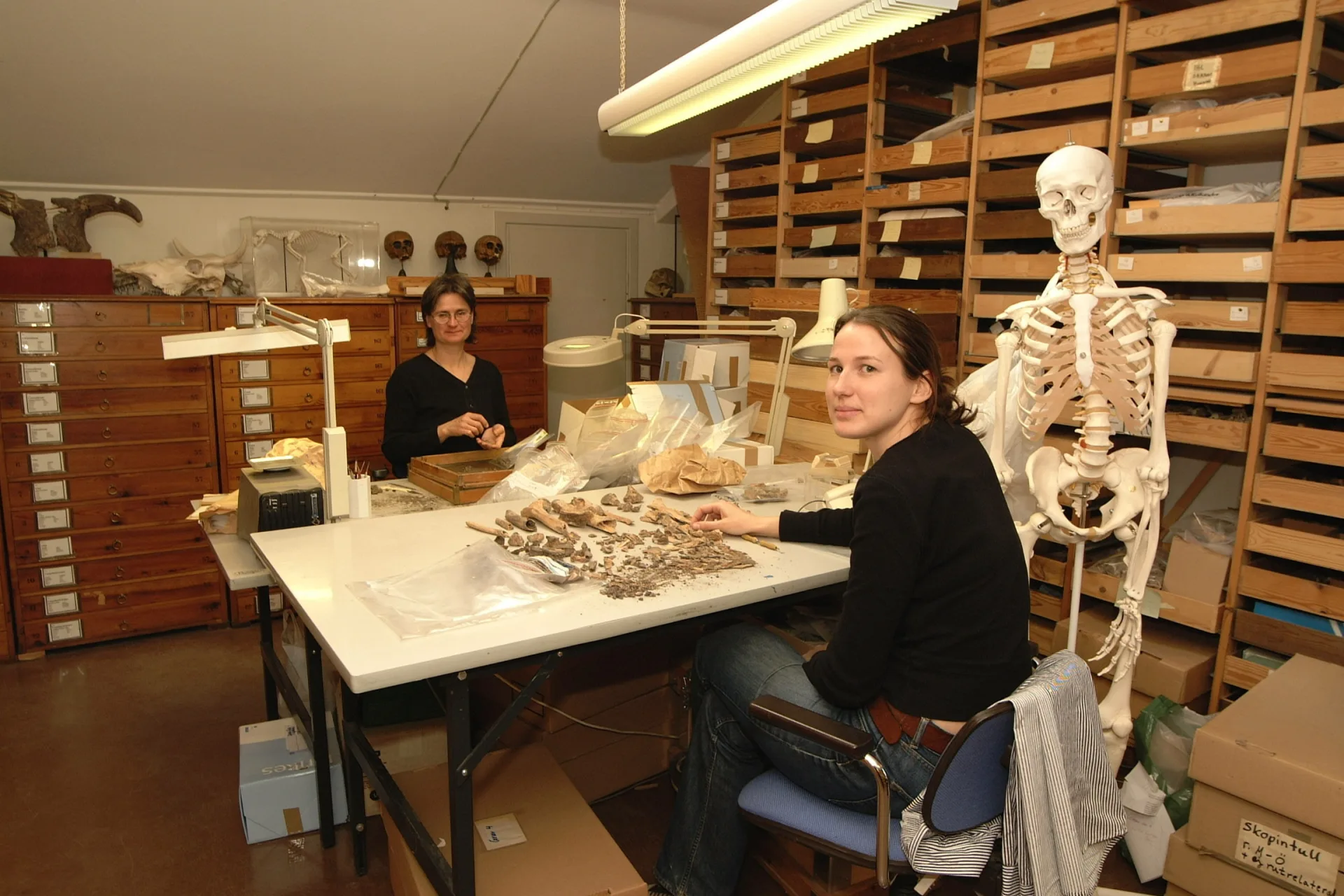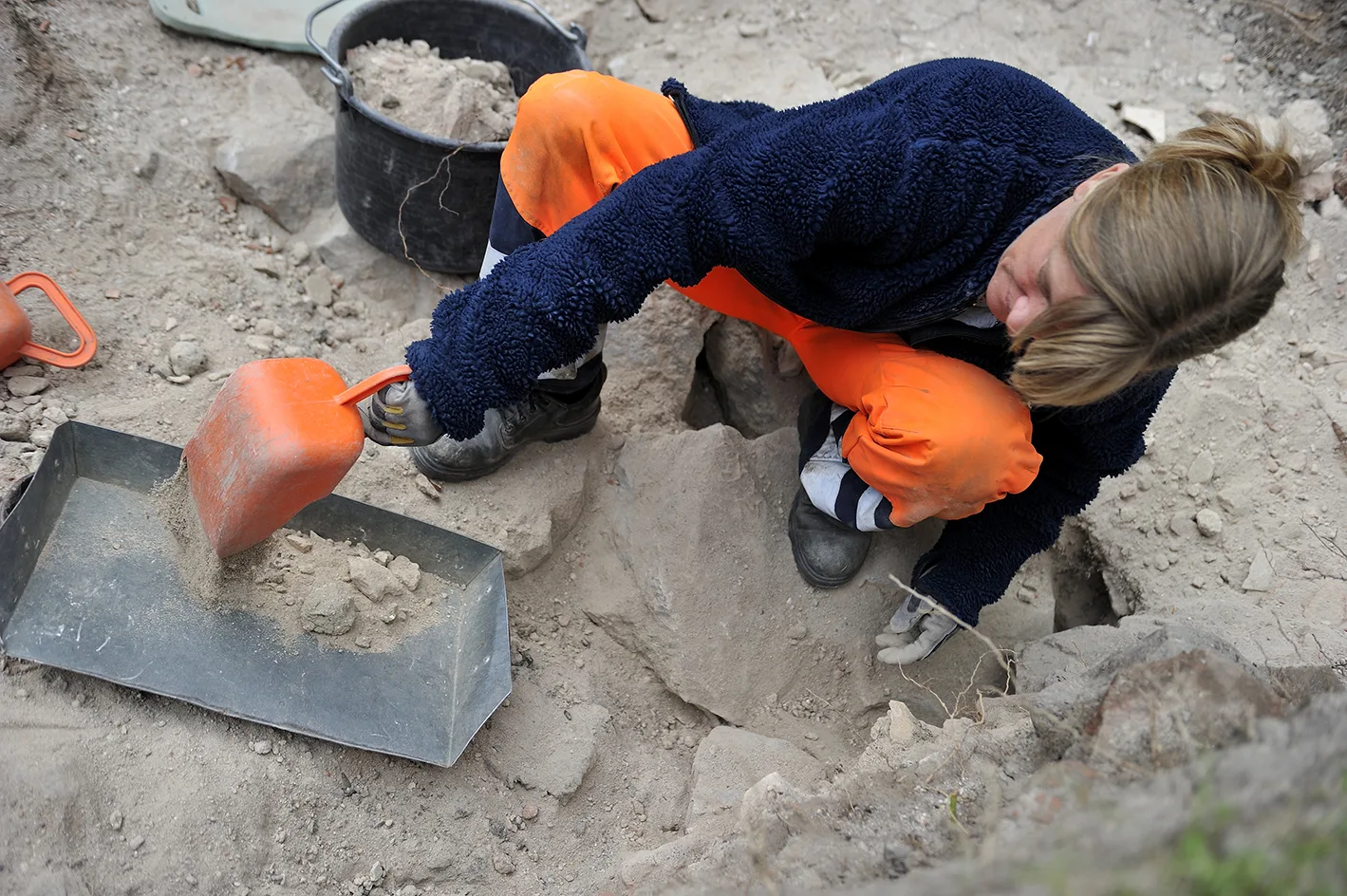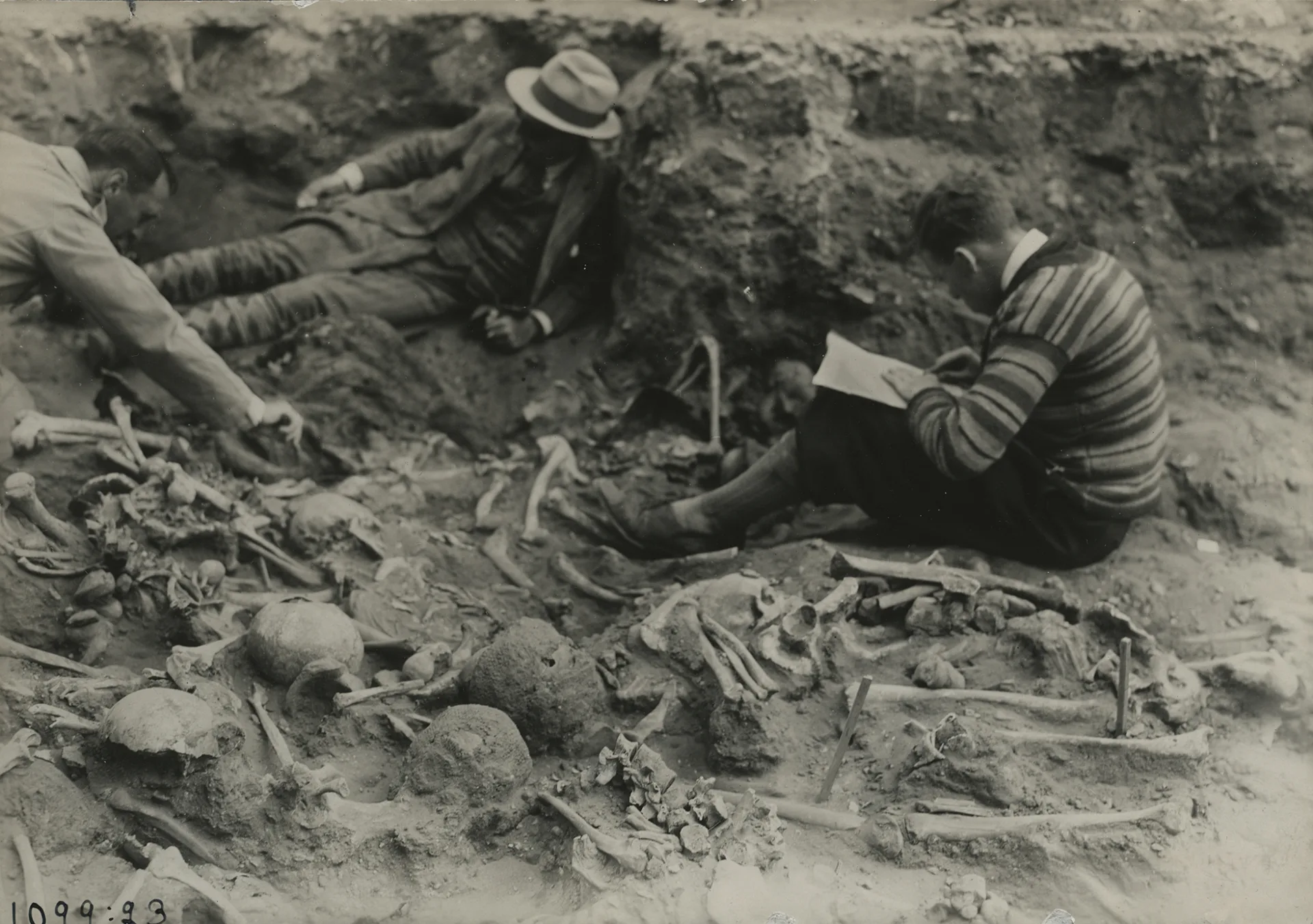What does an osteologist do?

In archaeology, osteologists play an important role because they can interpret traces of the past by analyzing skeletal material found during excavations. When archaeologists dig up graves, settlements, or other ancient sites, they often come across bone remains. This is where the osteologist steps in.
By examining the bones, the osteologist can determine whether they are human or animal bones, which is a crucial first step. If the bones are human, the osteologist can analyze the individual’s sex, approximate age at death, height, health, and sometimes even diseases, injuries, or signs of how the person lived.
The osteologist’s various workplaces
Bones can provide valuable information. For example, worn joints may indicate hard physical labor, while signs of malnutrition or infections can reveal living conditions and hygiene. In some cases, traces of violence or traumatic injuries can shed light on conflicts or diseases in the past.
Osteologists don’t just analyze humans—animal bones are also an important part of their work. By studying bones from domesticated animals, wild animals, or fish, osteologists can provide insights into ancient diets, agriculture, hunting, trade, and economy. For instance, a change in the amount of cattle bones compared to sheep bones can give clues about how people managed livestock or what they preferred to eat.
The bones can provide valuable information
Osteologists work both in the field and in laboratories. At excavations, they often help document and collect bone material, but most analysis takes place later in an osteological lab. Here, they use traditional methods, such as visual assessment and measurements, as well as modern techniques like DNA analysis, isotope analysis, and 3D scanning.
Collaboration between osteologists and other archaeologists is essential. By combining information from the bones with the context - where and how the bones were found—a more complete picture of the past can be created. This helps us better understand how people lived, died, and interacted with their environment hundreds or thousands of years ago.
The osteologist is a key figure in archaeology, capable of bringing history to life through skeletal fragments. The bones may be silent witnesses, but with the right knowledge, they can reveal a great deal - about life, death, and everything in between.



